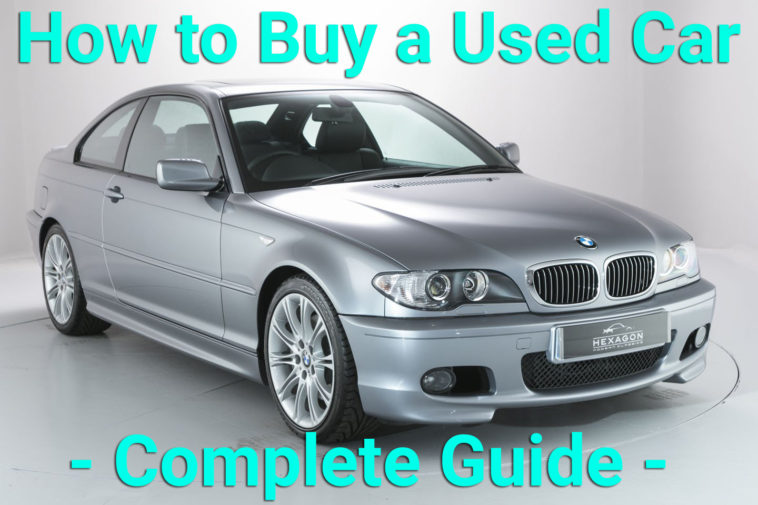You might not realize it, but the average price of a used car is half of that of a new one. Paying off a used car much sooner will save you financing fees.
The research reveals that people tend to change cars 5 to 6 years after purchase. So, if you paying $8,000 for a used car instead of $18,000 for a new one, you are choosing to get a good car and save money.
Introduction
Used vehicles are more environmentally friendly. Consumer reports indicate that a vehicle emits a quarter of CO2 during its life cycle which includes manufacturing and shipment.
A used car acquisition leads to C02 emission reduction into the environment. Compared to the new cars, the used cars do not have harmful effects on the environment. For instance, purchasing a hybrid car has large positive environmental effects.
All hybrid cars possess nickel-metal hydride, lead-acid, and lithium-ion batteries, which have a higher environmental impact as compared to a used car. This is caused by toxic material or waste that is left behind by the acid in the batteries.
In most countries such as the United States and the United Kingdom, the rate of the annual registration fee is primarily based on the model year and value of the car. In general, in the first three years, the rate is highest, which levels off after a couple of years.
For instance, in the U.S., you can save about $1,000 by avoiding new cars and annual registration fees. So, buy a car, which is at least 3 years old.
In this comprehensive guide, our main aim is to help you buy a used car. This is why we recommend you to go through this guide thoroughly so that you get all the essential information that would help you buy a used car in the most reliable way. Continue reading!
Plan Your Budget

By and large, when you are borrowing money from the bank to finance your car, the payment for this should be less than $20 from your pay. In fact, if your wallet is tight you would desire a cheaper car. This is because you need to keep money for other tasks.
You should remember that used cars often need a little bit of extra care with time. As an instance, you will need to do the car maintenance which includes replacing the tires, tuning the engine, and many other things.
Other important things that majority of used car owners forget include fuel and insurance. If you are to purchase a car which has no warranty then it is advisable that you buy a cheaper used car, which will enable you to save some money for any unexpected repairs.
Create a List of Used Cars

How to compose a list of used cars may be a question that you ask yourself. This is because there are hundreds of models available in the market. Listing each one of them in the list would be a tireless work. In addition, it is rather problematic to evaluate the features of each car, not to mention selecting the best one.
It is obvious to inform you that Toyota Camry and Honda Accord are among the top used cars that are available in the market. But you should know that these cars are a bit more expensive.
Unlike the Toyota Camry and Honda Accord, there are other subcompact cars like Kia Optima and Ford Fusion, which are a bit more affordable. If you want to save money, you need to take into consideration more than one model or brand.
Since it is not possible to include each model out there on the list of your preferred cars, it is important that you start making a list with at least 3-5 cars. Make sure all these cars fall within your budget.
Check Car Prices
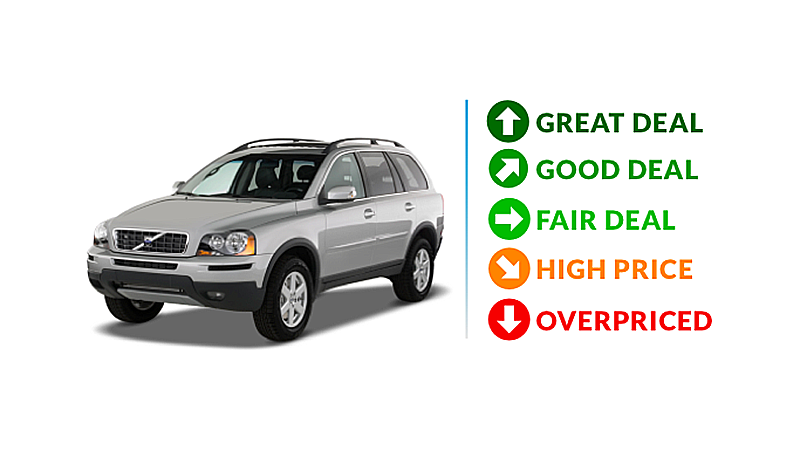
It is important to check the prices of your preferred vehicles. There are many ways to find used cars. You can go to used car lots, bargains, or find your desired vehicle online. There are many websites that offer to buy and sell used cars.
So much so, keep in mind that when you buy a car from the owner directly and not through the salesperson, the prices are typically lower. Certified Pre-owned “CPO” cars have higher prices.
There are two online sites, which are helpful in determining a fair value for a used car. These sites are Edmunds and Kbb. You can easily search them online and used their sophisticated calculators or tools to find the value or price of the car.
Both these sites will give you information about the vehicle’s trade-in worth, the value of its private sale, and how much the owner would sell it for. The last price would almost accurately demonstrate the value you expect to get for the vehicle.
Contact The Seller
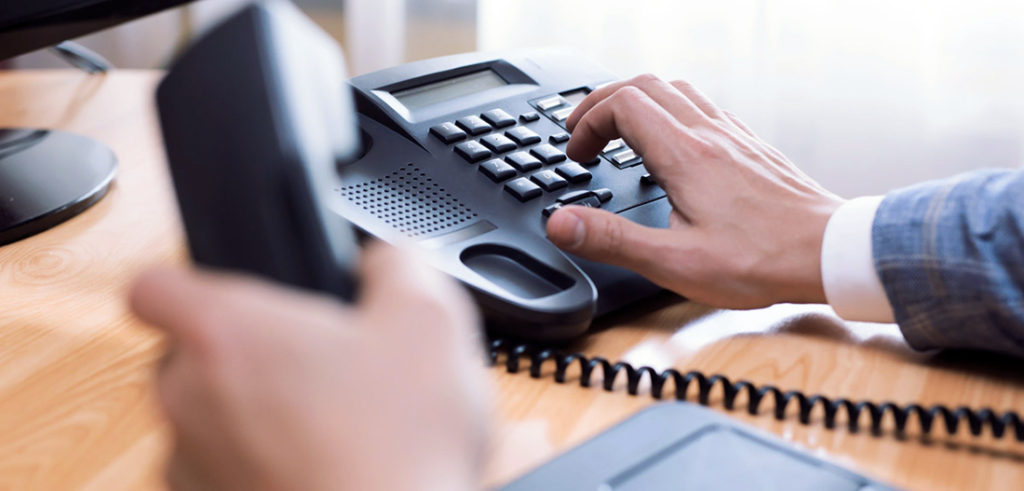
When you have finalized a list of preferred cars and checked the prices, it is now time to contact the seller. You need to act like a professional here. So, first, it is important to message the seller or call him over the phone in order to initiate a good conversation.
A friendly conversation about the car and seller would allow you to develop a good relationship with the owner or seller and thus you can get all the necessary information about the car you are interested in.
You can ask the seller as many questions as you want. However, do this in a polite way and don’t act like a custom or police officer. Respect the seller and ask him for how long he has been the owner and if he or she is willing to sell the car.
If the owner is interested in selling the car, the next thing you should know is the demand price. Ask the owner about it and tell him that you are interested in buying his or her car for a specific price.
There are many owners who won’t provide you enough information about the car on the phone. So, you can ask him for a meetup. If the owner agrees, make sure you reach the provided location on time.
While having a conversation with the owner or seller of the car, if you don’t want to forget questions that you need to ask him, it is better to note all the questions on a piece of paper so that you can easily ask the owner to save time.
Analyze The Car’s History
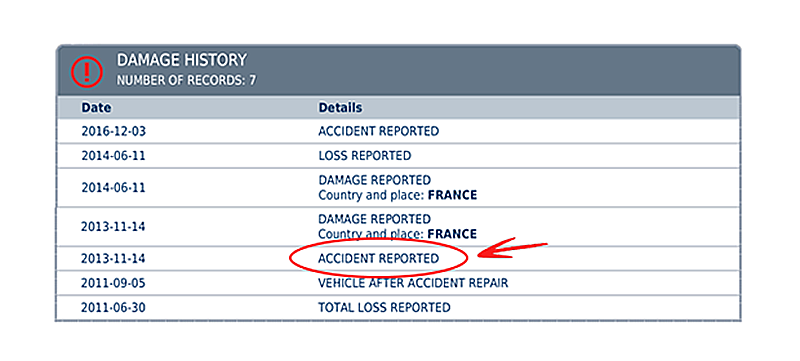
A vehicle history report – also known as the VHR – is a statement, which allows you to get info about the history of ownership and repair of a car. You must bear in mind that this is an important step if you are taking into consideration a used car.
You can get this data or information easily using the internet or online tools. For example, you can obtain free VHR easily. However, you must also keep in mind that the information that you get for free is quite limited.
There are many commercial sites online, which provide information or VHRs. Again, if you are looking for free information, you can get it easily but this is quite limited. There are some websites that offer you paid information, which is quite useful.
For example, the information includes the service history of the car, upcoming service alerts, as well as info on the car model, etc. The most generic information you could find about a car actually includes the manufacturing details, which are engine size, chassis type, engine power, and country of assembly.
VehicleHistory.com is one of the best websites where you can get a free report on a specific car. The most interesting thing about this platform is that it offers you a full VHR for free, which contains information about car ownership records, government records, background history, public records, and state records, etc.
If you need to buy a full VHR for a used car, you need to spend a little money. For example, there are some sites that offer you a full report for less than $50. A full report will contain all the necessary information that you would know about car history including the manufacturer, model, engine type, chassis number, interior and exterior design, and any accidents.
A Full Diagnosis of The Car
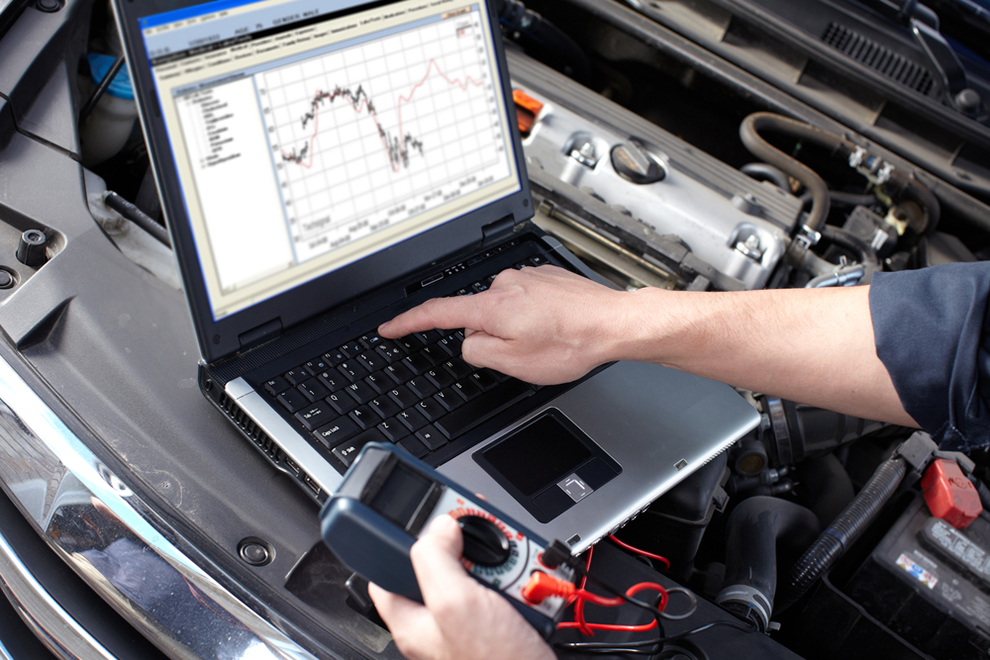
The problem is that purchasing a used car is not a simple thing. You need to think in many directions. Ensure to thoroughly inspect a used car, checking from inside to outside, and under the hood to confirm all is well.
To begin with, you have to examine the exterior of the automobile. Park the vehicle on a level surface to do so. Afterwards, you can take it for an inspection to see if anything is wrong with it, like the frame is bent or misaligned. Secondly, check the tire sidewall condition.
Tip: you can diagnose the car yourself. However, it is recommended to hire an expert technician or mechanic who would get the job done in an accurate way.
You much check for scratches, dents, or rust spots on the exterior. You must also check that the car is clean and the condition of the paint is visible. Next, you need to check the car’s sides for waviness, which shows a sloppy paint job.
To do this, just run your finger on the edges between the panels and verify whether or not there is any roughness. If you find any roughness, this means that there are residues left the masking tape.
Dents, scratches, and rust in the car’s body actually have nothing to do with the performance of the engine. However, it will affect the appearancee of the car. In case, if you want to sell this car in the future, it will have a lower resale value. So, it is important to check for these things.
Another important thing that you need to bear in mind is checking the tires for wear. You can do this easily by looking at the tire surface for uneven wearing or feathering. If you find something like this, it means that the tires are aligned badly.
Poor alignment of the tires is due to wear in the suspension or steering or any other component such as damages in the frame. Thus, this highly affects the performance of the used car.
Next, you need to check the exhaust system of the car for damage and rust. You can do this by looking for any black spots on the system. If you find black spots, it means the exhaust system of the car is leaked. You must also inspect the frame for rust and damage.
Next, open the hood and inspect for damages. The hood needs to be inspected only when the engine has cooled down. Upon lifting the bonnet, you should look out for signs such as rust, cracks, and dents.
In case you observe such signs, it means that the owner has poorly maintained the car. So, it is not safe to drive this used car. The next thing you should do is to check the belts and hoses for any damages.
The car will be in good condition if there are no cracks or other signs of wearing like discoloration and frying. Take a close look at the condition of the belt because if it is damaged, you will have to pay a lot of money to replace it. Make sure the radiator hoses are not soft.
The next step is to inspect the engine for corrosion and leaks. On the block of the engine, you need to look at stains as a result of the dark brown oil. If there are any stains, it means that there is leakage in the gasket. Don’t buy the used car if it has gasket problems because it is very expensive to replace it.
Go inside the car and make sure you are feeling comfortable in it. Check the upholstery and seats for any kind of damages including stains, rips, and tears. It is important to check whether or not you can easily and adjust the car seats. Make sure they are fully functional.
Next, turn on the air condition of the car and verify its proper functioning. You can do this by simply testing the temperature control and turning on the cold or heat buttons. You must also check the speed of the fan and check its function on both low and high.
Moreover, you need to check the display lights and the indicator to diagnose their functionality. Make sure they are working fine. You can also check for error alerts or sensors and ensure that they are fully operational. If the car has a digital display or a rear-view camera, make sure they are also working fine.
Check for Any Past Accidents

It is easy to check the used car for any past accidents. You can do this by carefully inspecting the bumper and fender for cracks. Inspect both ends of the car and check for any patches or cracks.
Bumpers and fenders usually break easily in any collision because of the materials from which they are manufactured. For example, they are made of plastic composite material, which is lightweight and can be damaged easily. So, run your fingers along the car to inspect for damages like cracks and dents.
Next, access the body lines of the car to check for parts that have been replaced by the owner. You need to look for the mainline on the side of the vehicle’s body. Make sure the line is straight. You can easily check this through the reflection of paint on the car’s body.
The next step is to inspect gaps between the panel and the door. Make sure they fit together easily. Look for any gaps between the door and the body panel that adjoins with the respective door.
Look from top to bottom and ensure that the gaps are straight with even width. If there are any uneven gaps due to replaced doors or panels and/or misalignment, it means the car had an accident in the past.
Check if the owner has repainted the car. Take a closer look along the edges of the doors and body panels. Check for any uneven paint areas, scratches, and nicks. If there are any signs of different colors underneath, it means the car was repainted after an accident.
Inspecting the underbody is also very important when it comes to checking the car for any previous accidents. You can do this by taking a flashlight and sliding yourself underneath the used car to check for any damages.
Make sure you check all parts of the car’s underside. You can check for excessive salt buildup, rust, and/or a bent chassis. All of the signs indicate that the car had an accident in the past.
Before buying a used car, it is important that you hire the services of a mechanic who would check the car accurately using his or her experience and expertise. Sometimes, the report about a used car is clean indicating that there have been no significant repairs.
However, to remove doubts from your mind, it is important that you ask the mechanic to examine the car carefully and check for any signs that could indicate that the car had an accident in the past.
Test Drive

Before buying a used car, it is important to test drive it. This is one of the easiest and best ways to find out the condition of the car. Therefore, you should make a significant effort to do a test drive before making a decision to buy the car.
It is important that you test drive this car at different speeds to make sure there are no issues. While testing it, you need to drive it for fifteen to twenty kilometers down a flat road.
Tip:
move your hand off the steering wheel and check if the vehicle is pulling right or left. If you find any movement like the car is pulling right or left, it requires an alignment.
Alternatively, you can drive the car along a freeway or highway and drive it at a pace of approximately eighty kilometers per hour so that there is no wobbling. When you sense the car shake, it is a sign of the tires being out of balance.
So much so, you need to press the brakes down in order to verify if they are fully functional. An important thing here is that you need to press them down hard enough to check the deceleration. When you do this, make sure the speed of the car is around 40 kilometers per hour and there is no traffic around. Otherwise, it could be dangerous.
Moreover, you need to check whether or not the pedal of the brake makes any vibration or squealing sound. If it does, there might be a problem. You can ask the owner about it and verify how often he changes the brake oil.
Inspect If The Car Was Stolen
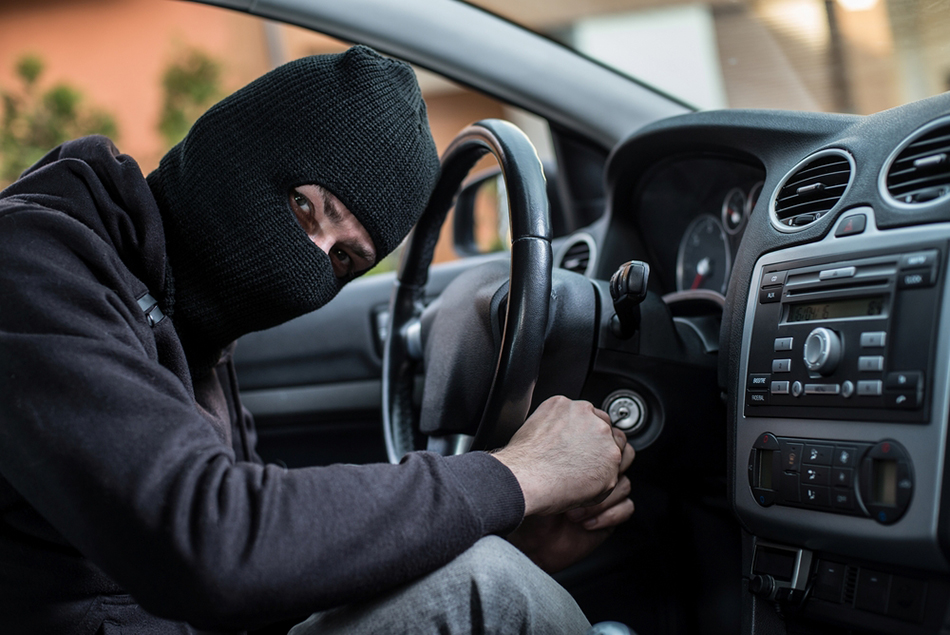
The vehicle identification number – also known as VIN – is helpful in checking whether or not the car was stolen in past. This number is unique for each car, which contains 17 characters. It is something like a social security number for a car.
If the seller gives you VIN, you should not readily accept it. Instead, you should carefully analyze it. To find the VIN, you can look underneath the spare tire, on the engine block, car frame, in the rear wheel above the tire, inside the doorjamb, or in the lower-left corner of the car’s dashboard.
You need to check whether or not the VIN has not been fabricated. Make sure the entire VIN label is securely fastened to the car. To verify this, check if there are no loose corners. You can likewise check for gouge marks, tears, and scratches.
Another way to check the VIN label is to run your fingers over it. So, it must be smoother enough to touch. In case you find out that the touch is a bit scratchy, then it means someone has tampered with it.
So much so, the VIN label must also not be covered or hidden with a plug or screw. If it has been covered, it means the seller wants to hide it. This also indicates that the car was stolen in the past.
Check The Car Taxes

No doubt, this is an important step for every buyer. You need to check whether the owner or seller has paid all the taxes. Of course, you don’t want to end up in jail after buying a used car and driving it around without knowing that the taxes had not been paid.
You can check the tax record online using the VIN number. You can also use this number in any lien on the car. In the U.S., you can do an online tax history search on the car by using the VIN.
If you are living in the U.S., you can check the department of income tax website for the tax records. Make sure you verify there are no due or fines. Otherwise, you will end up paying them all just to protect yourself from ending up in a correctional center.
Ask Questions from The Owner

Before you make the final decision about buying a used car, you need to satisfy your heart and mind just one more time. So, to do this, you can ask the seller some questions. The seller may give you some sophisticated information that you might not have found on the VHR.
When it comes to purchasing a used car, some of the questions that you need to ask the owner are:
Do you originally own the car? If the owner says yes, it somehow shows the car is well-maintained. On the other hand, if the answer is no, it means the current seller has bought it and it might not be in good condition.
But, you may have verified it while checking the body, underneath the hood, the engine, paint job, etc. but sometimes, the repairing is done, so accurately that makes you feel the car has not been in an accident.
Though this does not have to be the case. In case the owner of the car is truthful, he will let you know if in the past, the automobile was in an accident.
Additionally, you should clarify when asking the owner “Have there been any repairs to the vehicle?” If the owner says “yes,” you need to inspect all the repairs that have been carried out. In addition, the owner should also be asked about major repairs.
This is so as accidents are not the only reason for a car to undergo major repair. You are interested in finding out whether the owner has changed the engine or has converted the transmission to auto or manual and vice versa.
“Why do you want to sell this car?” is a very good question that could make you a deal in one go, is not it? Upon saying that the owner wants to buy a new car and wants to get rid of this one, then this might be a good enough response.
Negotiate The Price and Close The Deal

After carefully inspecting the car – both the interior and exterior – the engine, the chassis, damages, paint job as well as asked questions and got answers from the owner, now is the right time to negotiate the price.
You have done so much homework and carefully analyzed the car, which means you will have a much better idea if the asking price of the car is fair or not. If you think the seller is asking for more, you can negotiate the price.
You can also involve a third-party automotive broker to negotiate the price and close the deal for you. A company offering these services is an expert in price negotiation. They can help you close a better deal.
After you agree on the car price, you need to ask the seller to sign the title of the car. Make sure he or she does this at the time of sale. If you find out that the owner owes money on the vehicle, you should check it with the lender so that you can the title of the car on time.
The next step is to register the car’s title in your name. There are a few documents you need to complete and submit to the Department of Motor Vehicles.
These documents include the signed title of the car, the invoice or bill of the sale with the buying price, lien information if you have lent money to purchase the car, as well as the odometer disclosure statement.
After filing the required documentation or paperwork as well as pay any fees or taxes, you will receive an electronic version or paper version of the car’s title.
Conclusion
It is not easy to purchase a car from a private seller. You will need to do a lot of homework. In this guide, we have given you the most useful tips that you can use or follow to buy a quality used vehicle without losing time and money.
Wrapping up, do your research, plan your budget, make a list of preferred cars, check the prices, contact the seller and set a scheduled date, properly inspect the car yourself or hire a professional mechanic to do the full examination.
Verify all the documents including the taxes, fines, and fees, as well as get the title of the car signed by the owner to close the deal. Following this guide, we are pretty sure that you won’t make any mistake to find a good-quality used vehicle. Good Luck!

